DRIVEN: 2015 Nissan NP300 Navara – 4×2 and 4×4 tested on and off the beaten track in Chiang Mai
Traditionally, people have only bought pickup trucks to haul large, heavy cargo or to trawl through the most hostile of environments. The utilitarian nature of these vehicles mean that while some concessions have been made in the name of day-to-day liveability, these vehicles are still, for the most part, uncouth and rickety.
Things are changing, however, and there is a new breed of buyers who buy these things as lifestyle vehicles, especially in Malaysia where their duty-free status make them relatively cheap compared to SUVs. And as they get used more and more for leisure, naturally, there are more and more demands placed on them to be nicer and easier to drive in the concrete jungle.
With the new Nissan NP300 Navara, there does seem to have been a concerted effort to boost the appeal of the pickup beyond the traditional workman types. This is reflected in the “Tough. Smart.” tagline that sits in contrast to the “Mother Trucker” moniker the outgoing car gained locally. The spec sheet, for example, reads like it belongs to a D-segment sedan, so comprehensive are its creature comforts.
But all these trappings would be for naught if it continues to have all the refinement and the driving manners of a shed – if it wants to be taken seriously as a car that can still be used when it’s time to put down your hard hat, it has to be reasonably comfortable and easy to drive without compromising on its capabilities as a workhorse. So, has it managed to achieve this? We drive the new contender in Chiang Mai to find out.
The shift towards greater sophistication mirrors the general trend of the pickup market, but the Nissan NP300 Navara arguably goes the furthest, at least on higher-end models. Among the features available include LED projector headlights, keyless entry, push button start, dual-zone climate control, an auto-dimming rear-view mirror and a large colour TFT LCD multi-function display in the instrument cluster.
Safety equipment is also top-notch, with up to seven airbags (including one for the driver’s knee) as well as stability control, Active Brake Limited Slip, Hill Descent Control, Hill Start Assist and a rear-view camera. If local distributor Edaran Tan Chong Motor wants to keep its newfound reputation for safety it gained with the latest Sylphy and Teana, it would do well to retain most, if not all, of these features.
Complementing these upgrades is a smoother, more homogenous design compared to the minimalist, slab-sided predecessor. Nissan’s signature “V-motion” grille flows into the shapely bonnet and pushes the outer edges of the hood upwards. These lines are echoed in the sculpted fenders, and together with the interplay between convex and concave surfaces on the door section, they give the car an muscular, athletic stance.
It’s a handsome, thoroughly modern look, and buyers will surely appreciate the aerodynamic benefits of the more streamlined design. The flowing roofline, optimised glass surface offset and tailgate spoiler all help to cut drag massively. As a result, the coefficient figure drops from 0.43 Cd to 0.37 Cd, an outstanding number on what is still a large, bulky vehicle.
Measuring 5,255 mm long, 1,850 mm wide and 1,785 mm tall, the NP300 Navara is slightly longer and lower spec-for-spec compared to the current model. The height decrease, compared to a slight increase in ground clearance reduces the cross-sectional area, further aiding aerodynamics. Also significant is a 50 mm reduction in wheelbase to 3,150 mm, which contributes to a smaller turning circle.
Sitting inside, you don’t notice any reduction in interior space. Nissan says it has played around with the seat base positioning and torso angles and pushed the dashboard further forwards to free up precious amounts of space. The result is decent amount of head- and legroom for the front occupants, although the rear quarters is still too cramped and upright for passengers to really be comfortable.
Up front sits a dashboard that would not look out of place in a modern Nissan sedan. The hard plastics do mar the illusion somewhat, but they are the norm in the segment – and at least in the Navara they feel durable and well screwed together. There are also many a cubby hole for you to store anything you could ever need to store, including a neat tray on top of the dash complete with its own power socket.
The optional powered driver’s seat provides much adjustability, and the Teana-esque zero-gravity inspired seats provide a decent amount of support on long journeys. But the steering wheel (also cribbed from the Teana) doesn’t move high enough in rake and there’s no reach adjustment, although the more vertical tilt does a lot to give the interior a more passenger car feel. And hey, there are rear air-con vents! On a pickup!
Pop open the bonnet and what you won’t find – at least in our trucks – is the new YS23 2.3 litre diesel that is derived from the Renault Master van. This mill will only be available in countries with fuel grades Euro 5 and above (such as Australia) and produces 188 hp at 3,750 rpm and 450 Nm of torque from 1,500 to 2,500 rpm. Fuel consumption is quoted to be 19% better than the old YD25 2.5 litre turbodiesel.
You also probably won’t find the QR25 2.5 litre four-cylinder petrol from the Teana that is currently being adapted for use on the pickup. That’s surely better suited to the oil-rich countries in the Middle East.
What you will instead be finding is an updated version of the YD25, available in countries with fuel grades Euro 4 and below (like ours). It dispenses the same power and torque as the YS23, but at different rpm levels – 188 hp at 3,600 rpm and 450 Nm of torque at 2,000 rpm. Improvements in fuel economy for this powerplant is a more modest 11%. There’s also a lower 161 hp, 403 Nm tune which we did not sample.
No matter what engine you end up with, the transmission choices will be the same: a revised version of the current six-speed manual, or a new seven-speed automatic transmission from the Infiniti QX80. And of course, it goes without saying that you’ll get a choice between a four-wheel drive system that is switchable on-the-fly, or rear-wheel drive.
The real departure is under the skin. Not at the front – where the new Navara has the same double wishbone suspension as before but with revised springs and dampers for a more refined ride – but at the rear.
While almost all pickups in the segment use leaf springs at the back, the NP300 Navara utilises a five-link live axle rear suspension with coil springs that has more in common with truck-based SUVs like the Toyota Fortuner and the Mitsubishi Pajero Sport. Such a setup is virtually unheard of in this segment – with the only exception in Malaysia being the oddball SsangYong Actyon Sports – and should provide for a better ride.
Crucially, the newfangled suspension is claimed to be just as strong as a leaf-spring unit, with payload and towing capacity ratings for the new car expected to remain more or less the same.
Unfortunately, we weren’t allowed to test such a setup, as all the Navaras we were assigned to were Thai-market cars, which had conventional leaf springs. This was explained to us as being due to tax regulations in the Land of Smiles – a pickup with coil springs would be considered a passenger car and thus be taxed higher (apparently as much as a Fortuner), rather than the more favourable commercial vehicle bracket.
We were, however, assured that leaf springs would be confined to Thailand only, and that the rest of the world would be getting the multi-link rear setup. So watch this space.
Setting off, the improved manoeuvrability of the NP300 Navara compared to the outgoing car is immediately apparent. The narrower pillars obstruct visibility much less and a noticeably smaller turning circle help make the new truck feel a lot less cumbersome, despite it being longer and no less wide. The slightly heavy steering may put off those who have to park in tight spots very often, though.
The high-output YD25 that we had in our disposal is still a little vocal – although it’s definitely more muted that its predecessor – but there’s no arguing the level of performance you get. With maximum torque coming in at just 2,000 rpm, there is little lag to speak of, and the sheer amount of turning force pulls the near two-tonne truck (around 70 kg lighter than before) from low speeds very effortlessly, even in higher gears.
This effortlessness is matched by a six-speed manual that, longer lever throws and clutch pedal travel aside, is little more difficult to row than your typical passenger car stick shift. The wider ratios, along with the lower wind noise (tyre noise on the admittedly rough Thai tarmac could be quieter still), conspire to make the NP300 Navara a surprisingly relaxed cruiser at highway speeds.
This is even more true on the automatic model, with sixth and seventh gears both being overdrive ratios. Helping the transmission’s case are the shifts themselves, which are smooth and decently quick, and its willingness to let the monstrous engine do all the work in higher gears instead of constantly shifting down. The manual override accessible by pulling the gear lever to the left of “D” is also a nice touch.
The taller ratios at the top end and the improved aerodynamics really do improve fuel consumption, too – we saw around 13 km per litre on the 4×2 model and around 9.5 km per litre on the 4×4 on a mix of highway roads, winding tarmac and, on the latter, a large stretch of crawling through mud. Both are impressive figures for vehicles of this type, given the driving conditions.
Road manners is yet another area where the new Navara is greatly improved over the previous model. Despite the test cars being fitted with leaf springs at the rear, the usual bounce and crash over pitted roads have been noticeably reduced, and the aforementioned multi-link rear suspension setup that we should be getting is expected make the truck ride smoother still.
Pitch it into the corners and the car hangs on resolutely, exhibiting remarkably little body roll and a level of sure-footedness that makes the current Navara feel nervous in comparison. The steering is also more responsive than before, and while it’s still not the last word in feel or accuracy (there’s still over three turns lock-to-lock), it’s definitely less unwieldy.
No matter how refined or sophisticated the NP300 Navara may feel on the road, however, it still ultimately needs to win its bread over the rough terrain its owners will inevitably subject it through on a daily basis. Thankfully, it seems perfectly capable of doing so.
Traversing over kilometre after kilometre of muddy tracks complete with deep ruts and puddles on our test route proved easy pickings for the pickup as it sailed straight through without missing a beat.
More demanding was the specially-built 4×4 course that really tested the Navara’s off-roading abilities. Still, it remained composed throughout, easily cresting the steep hill that was built to showcase the car’s Hill Start Assist (which holds the car stationary when the brake is released for three seconds) and Hill Descent Control. Rolling down a 30-degree incline and trusting the car to do all the braking was unnerving to say the least.
The long suspension travel, electronic locking rear differential and Active Brake Limited Slip also impressed on the wheel articulation test, managing to find traction with two wheels in the air by braking the spinning wheels and sending power to the wheels with the best traction.
All-in-all, the new Navara looks to be a very impressive pickup that manages to blend off-road toughness and on-road tractability remarkably well. Minor niggles aside, Nissan’s latest truck seems more ready than ever to take on the class best, and while a more thorough and locally-relevant test will bring to light the car’s true abilities, the latent potential of this new Mother Trucker is already clear.
So, can the Nissan NP300 Navara be Tough as well as Smart? The answer, at least for now, is exceptionally close to being a yes.
Read more: call +0198527483..Alan
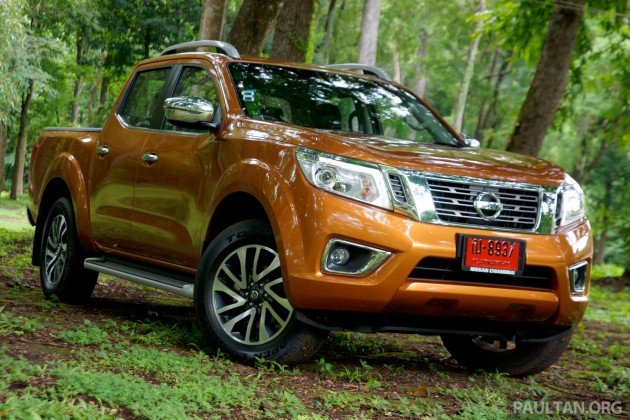
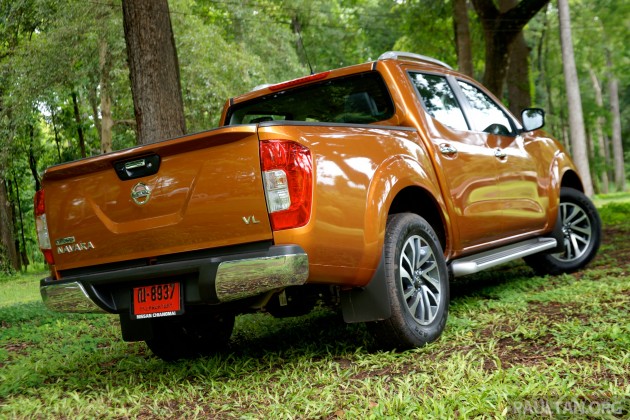




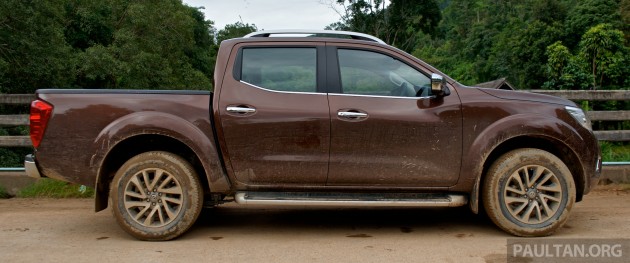
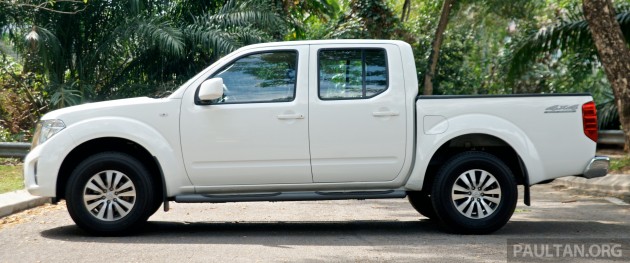
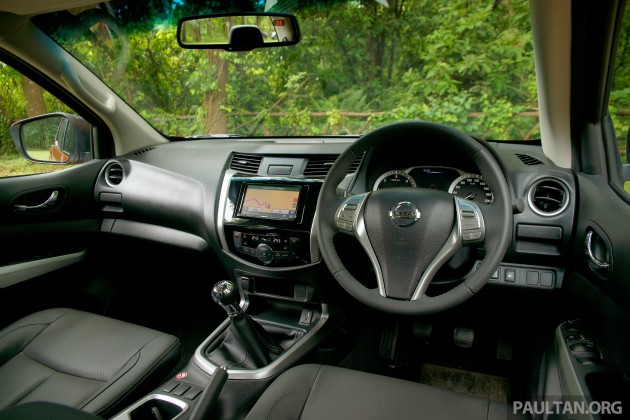











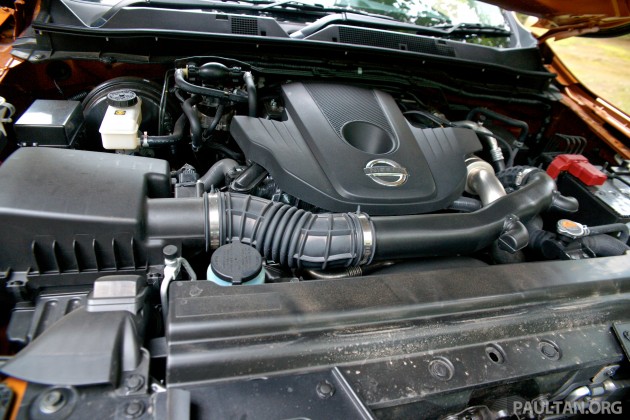
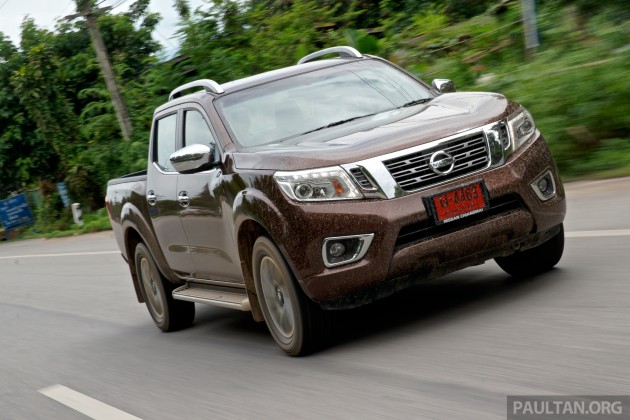
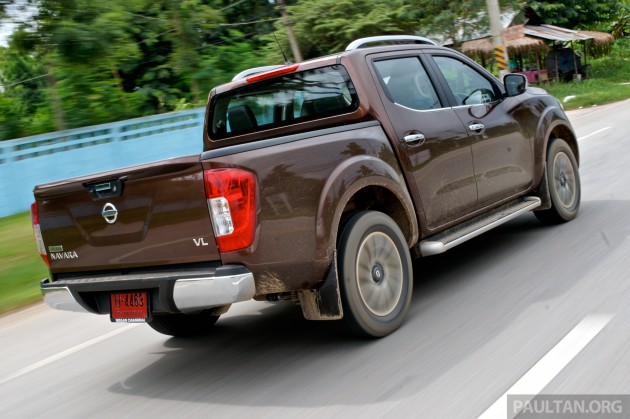
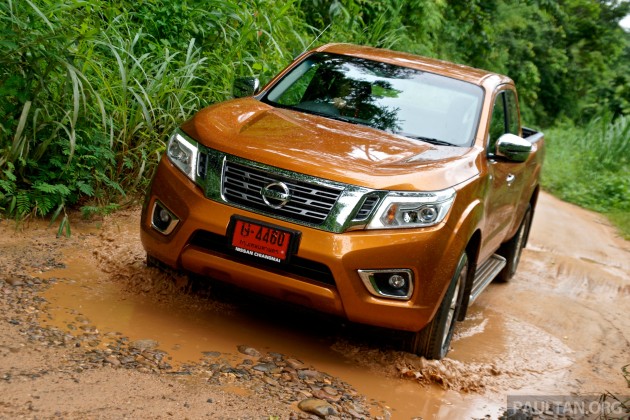
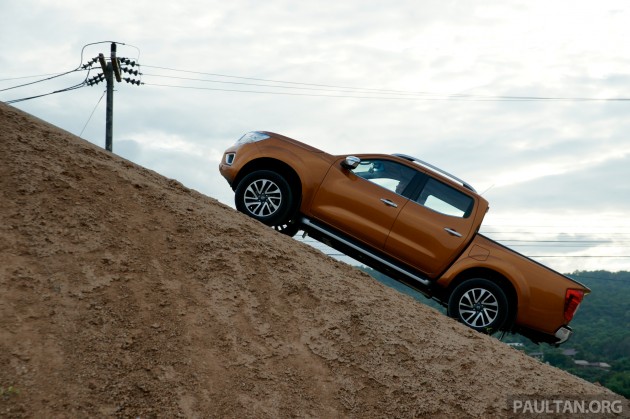



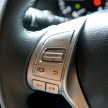
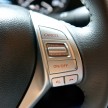
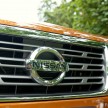
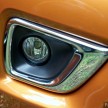
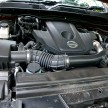
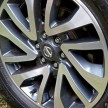
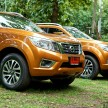
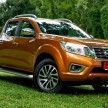
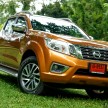
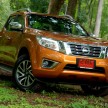
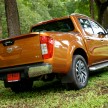
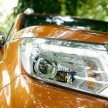
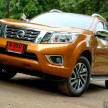
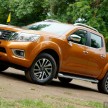
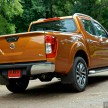
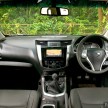
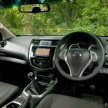
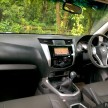
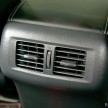
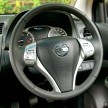
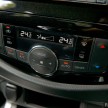
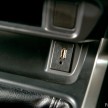
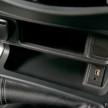
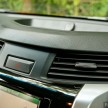
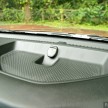
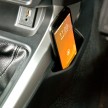
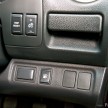
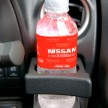
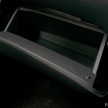
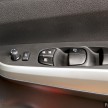
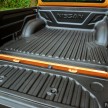
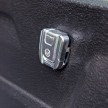
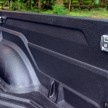
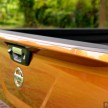
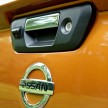
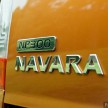
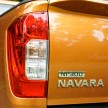
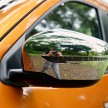
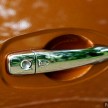
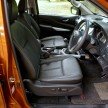
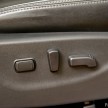
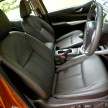
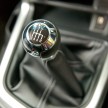
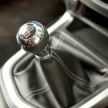
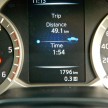
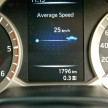
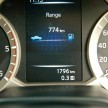
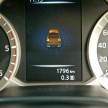
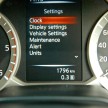
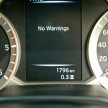
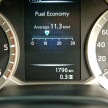
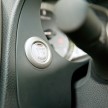
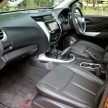
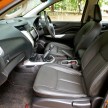
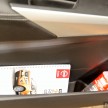

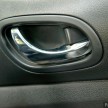
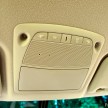
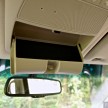
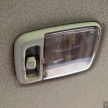
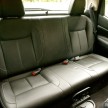
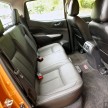
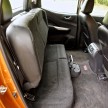
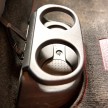
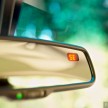
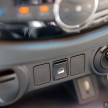
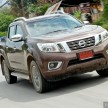
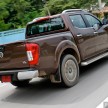
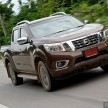
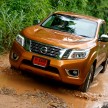
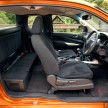
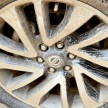
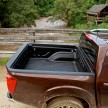
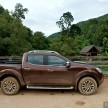
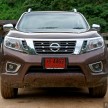
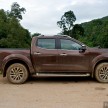
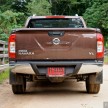
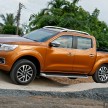
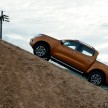
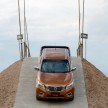
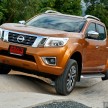
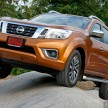
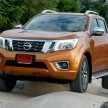
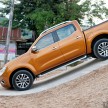
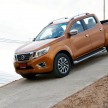
No comments:
Post a Comment